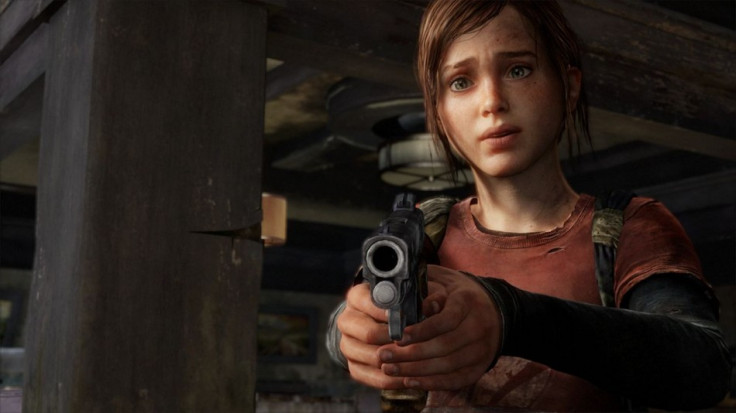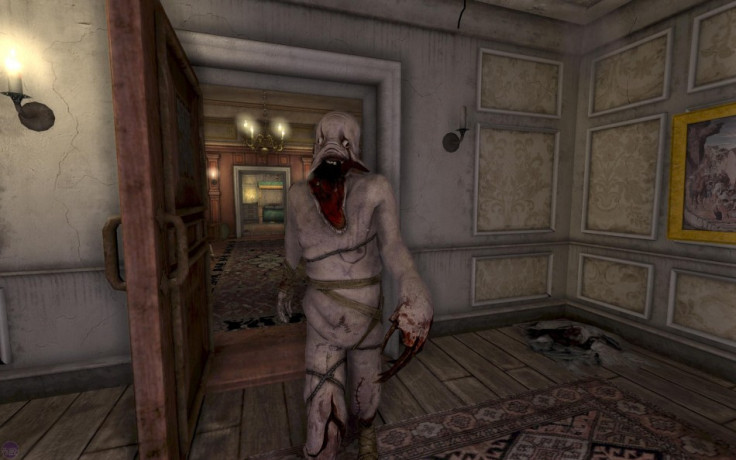Why Games Matter Blog - The Last of Us and The Walking Dead Get Zombies Right

The Last of Us and The Walking Dead Get Zombies Right - How to do monsters in videogames
Here's an interesting fact: Throughout the whole of The Walking Dead: 400 Days, I didn't kill a single zombie. Not one. There's one I could have killed, but I found out that if you made certain story decisions, it wouldn't appear. So I did, and it didn't. Not one zombie the whole game.
Here's another interesting fact: The last time I saw any Clickers in The Last of Us, I walked past them. If you've played it, you know where I mean. You're in a tunnel in Salt Lake City. It's tricky, but with enough distraction bricks and patience, you can sneak by the whole clump of them without any combat. And that's it - they're gone for the rest of the game.
This is how you do monsters right. A lot of games struggle with reservation - they think action is the foremost quality of a game must have, so pour monsters over the player constantly. I'm thinking of Dead Rising, Colonial Marines and Dead Space. These are games that want us to be all frightened of their respective ghoulies, but then throw them at us over and over to be swatted away by gunfire and melee attacks. They desensitise us to their creatures. They make us un-scared.
Amnesia
It's better to be all Amnesia: The Dark Descent about it and not let us even see what we're up against. In that game, for the first 45 minutes or more you only get glimpses of the monster that's chasing you - a leg disappearing through a doorway, a moan coming from down a corridor. And that's SO scary. Amnesia, to begin with at least, understands that what frightens us most is our imagination. When I find a slightly weird looking bit of skin on my arm, it's my imagination that keeps me awake all night thinking it's going to kill me. Not enough horror games play on this. They think that attacking you repeatedly with the scary thing is the way to make you scared.

Amnesia, actually, is a wonderful example of doing monsters both right and wrong. It has that opening three quarters of an hour, which really works, but then, once it's shown you the monster, it falls apart. It keeps going BOO! and jumping out on you, and after a while you start to know its tells. It leaves nothing to the imagination.
And it highlights just how boring monsters are most of the time. There's not a lot you can do with monsters. They jump out and then either kill someone, or get killed by someone. There's nowhere you can really go with that. It's better to focus on the human conflict, the human drama. Humans are much more interesting. They fight, they cry, they have sex with their best friend's boyfriend - if you can use monsters as a framing device, some kind of unseen pressure to make human characters behave in interesting ways, do that. There's a reason we don't make soap operas about zombies.
Off-screen
The Walking Dead and The Last of Us both get this. They keep their respective monsters off-screen, so that when they do occasionally appear, it's frightening. We're scared of the unknown, you see. We're not scared of the thing we've seen a hundred times, even if it is all covered in spikey limbs.

And we certainly don't care about its personal life. The Walking Dead and The Last of Us use monsters to motivate and influence their human characters. Remember that film, Monsters? Monsters got it right by never showing the monsters. Instead we had two characters who, due to the fact they had to work together to avoid the monsters, fell in love. That's a more interesting story. If videogames can learn one thing from The Walking Dead and The Last of Us, it's that shooting monsters, no matter how scary they look, is kind of bland, especially when compared to what you can do by leaving monsters on the sideline.
© Copyright IBTimes 2025. All rights reserved.






















